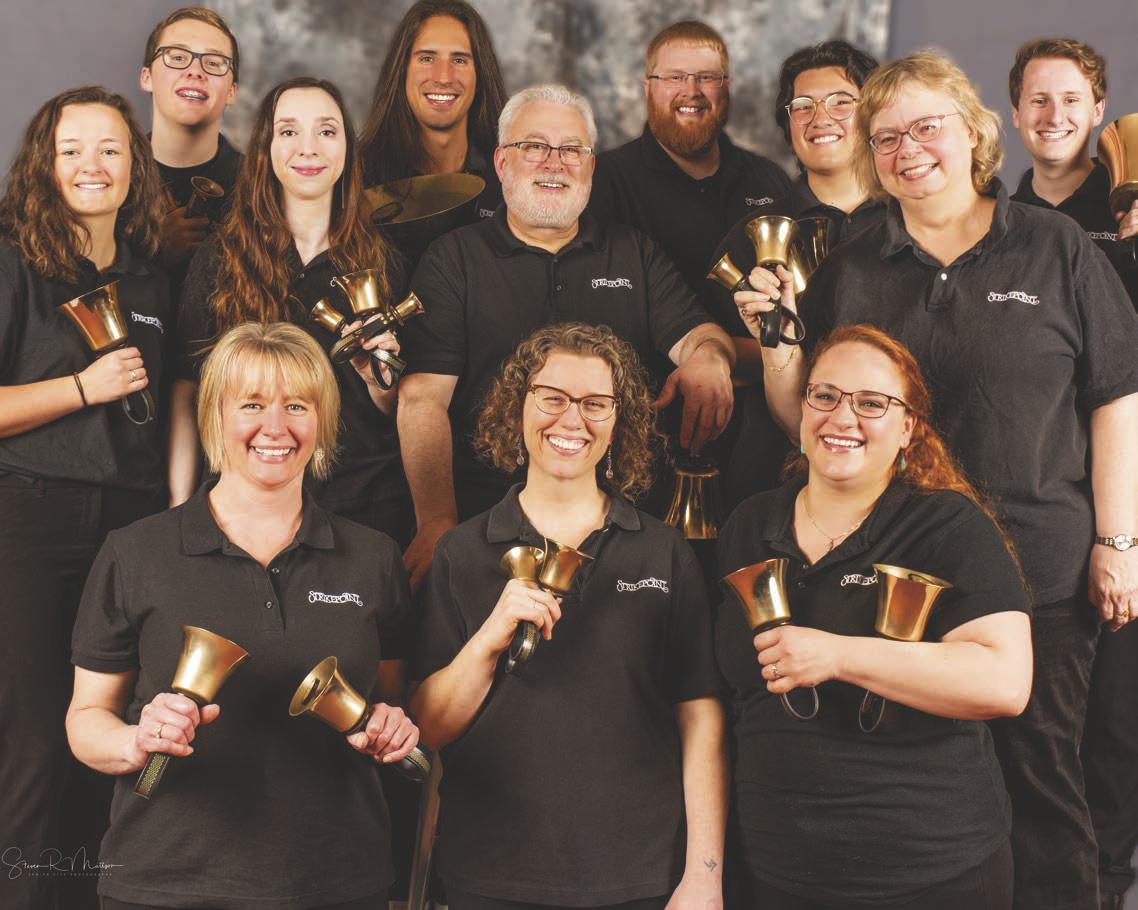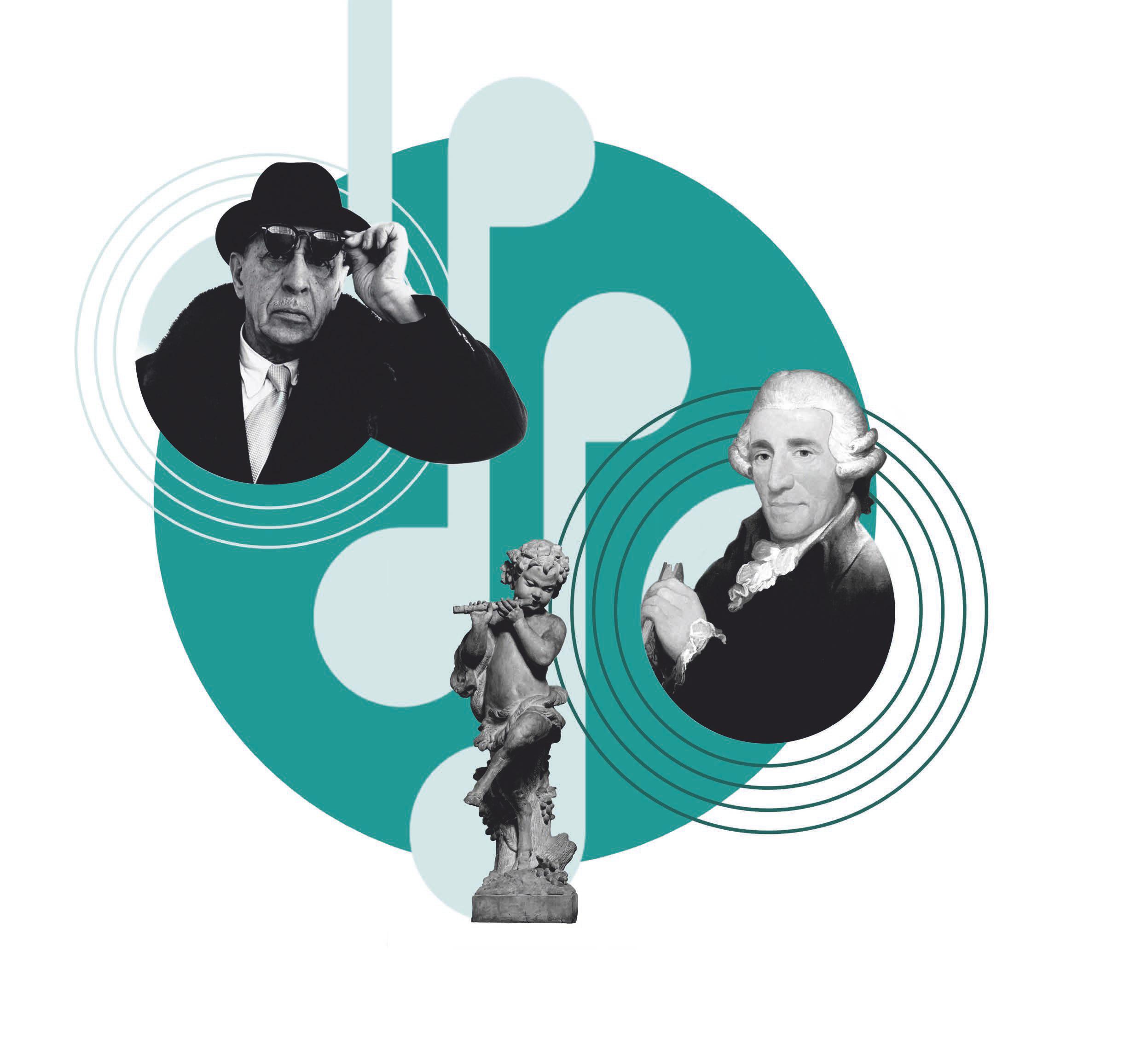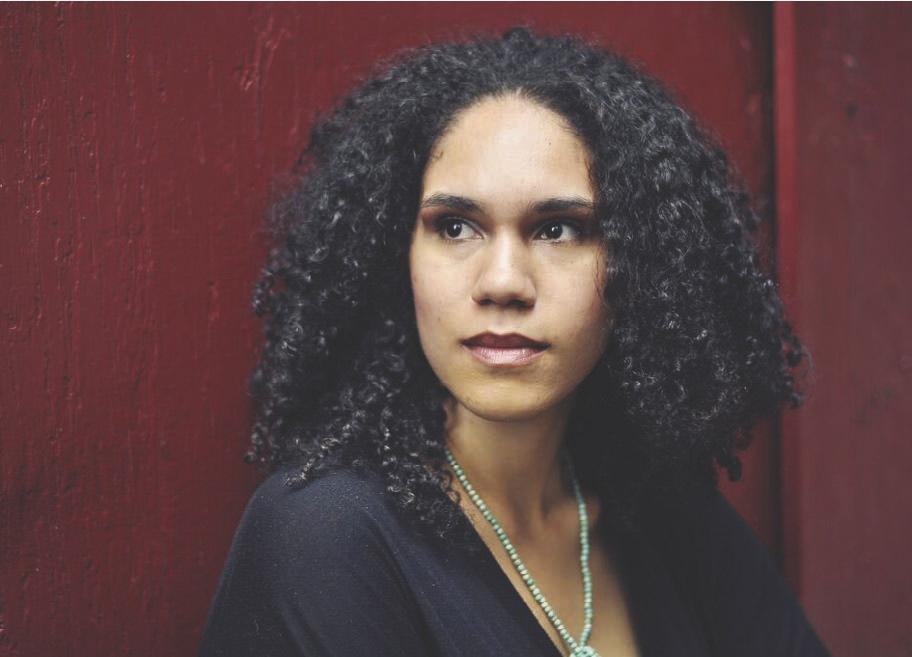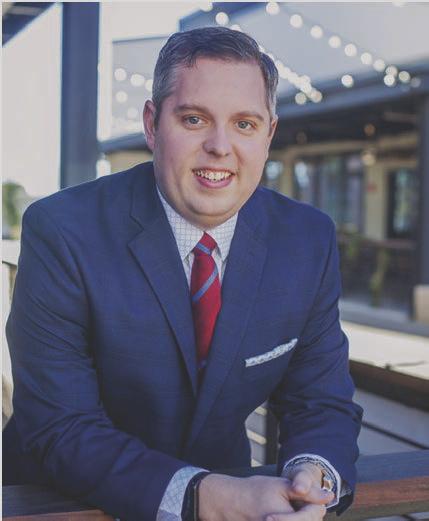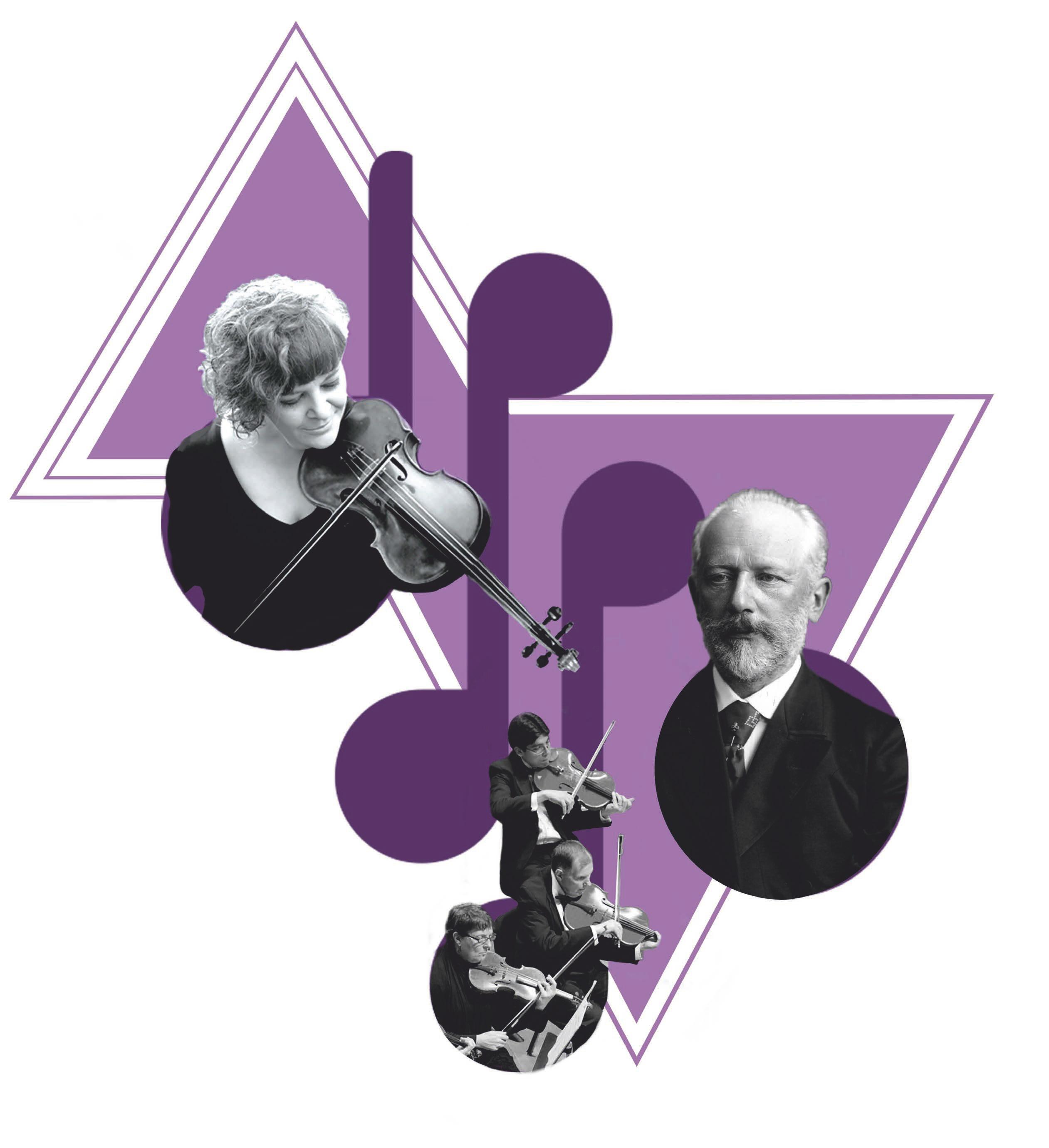
11 minute read
Masterworks 2 Program Notes
PRELUDE TO THE AFTERNOON OF A FAUN CLAUDE DEBUSSY:
Born: August 22, 1862, Saint-Germain-en-Laye, France Died: March 25, 1918, Paris, France Work Composed: 1894 World Premiere: December 22, 1894, in Paris, Gustave Doret conducting at a concert of the Société National de Musique; Fradiani version: June 19, 2018, in Freiburg, Germany Performance History: Tonight marks the DSSO’s eleventh Masterworks Series performance of this work. It was also heard in 1936, 1941, 1946, 1953, 1958 1970, 1980, 1988, 1998 and on April 17, 2010. Instrumentation: Flute, oboe, clarinet, horn, harp (or piano) and strings. Claude Debussy was one of the most influential composers of the late 19th and early 20th centuries. He developed his own style of harmony and orchestral coloring, leading him to be considered the first Impressionist composer, although he vigorously rejected the term. Impressionist is mostly used to describe the late 19th century French paintings of Monet, Pissarro, Renoir and others. English musicologist Richard Langham Smith describes it as musical compositions that are “concerned with the representation of landscape or natural phenomena, particularly the water and light imagery dear to Impressionists, through subtle textures suused with instrumental color.” Some of Debussy’s most well-known orchestral works that reflect this style include Nocturnes, Images, La Mer and Prélude à L’après-midi d’un faune.
The Prelude is one of Debussy’s most famous works and is considered a turning point in the history of music. Pierre Boulez considered it the beginning of modern music, saying that “the flute of the faun brought new breath to the art of music.”
CLAUDE DEBUSSY
French poet Stéphane Mallarmé’s poem L’après-midi d’un faune provided the inspiration, as Debussy described:
The music of this prelude is a very free illustration of Mallarmé's beautiful poem. By no means does it claim to be a synthesis of it. Rather there is a succession of scenes through which pass the desires and dreams of the faun in the heat of the afternoon. Then, tired of pursuing the timorous flight of nymphs and naiads, he succumbs to intoxicating sleep, in which he can finally realize his dreams of possession in universal Nature.
The unsuspecting audience at the premiere had never heard such free and sensuous music before. The improvisational quality would become a Debussy trademark. The premiere’s conductor Gustave Doret recalled that first performance:
There was a vast silence in the hall as I ascended the podium with some emotion, but full of confidence. I waited a long moment, after imposing silence on the audience, then our marvellous flutist Barrère unrolled his opening theme. Suddenly I felt behind my back a completely captivated public! The triumph was complete, so much so that I did not hesitate to break the rule forbidding encores. The orchestra was delighted to repeat this work, which it had come to love and which, thanks to them, the audience had now accepted.
Although Mallarmé was not pleased that his poem was being used as a basis for music, he wrote to Debussy after the premiere, “I have just come out of the concert, deeply
moved. The marvel! Your illustration of The Afternoon of a Faun, which presents no dissonance with my text, but goes much further, really, into nostalgia and into light, with finesse, with sensuality, with richness.”
CELLO CONCERTO IN C MAJOR FRANZ JOSEPH HAYDN:
Born: March 31, 1732, Rohrau, Austria Died: May 31, 1809, Vienna, Austria Work Composed: 1783 World Premiere: Between 1761 and 1765, most likely the Esterházy Orchestra, Joseph Franz Weigl, soloist; Modern premiere on May 19, 1962, in Prague, Czech Radio Symphony conducted by Charles Mackerras, Miloš Sádlo, soloist Performance History: The only previous DSSO performance of this Concerto was on February 10, 2001. Mark Kosower was the soloist and Music Director candidate Andrew Sils conducted. Instrumentation: Two oboes, two horns, strings and solo cello. After struggling as a freelancer Haydn found full-time employment with Count Morzin as his Kapellmeister (bandleader) in 1757. Haydn wrote his first symphonies for the count’s small orchestra based at the palace in Dolni Lukavice (near Pilsen, Czech Republic). Count Morzin soon suered financial di culties that forced him to dismiss his orchestra and its Kapellmeister around 1760-61. Haydn was quickly oered employment as the assistant Kapellmeister by Prince Paul Anton, head of the immensely wealthy Esterházy family. Haydn was in charge of most of the music, with the exception of the church music that remained under the authority of the old Kapellmeister Gregor Werner. When Werner died in 1766, Haydn was promoted to full Kapellmeister status. For nearly thirty years Haydn worked at the Esterházy court and produced an enormous amount of music.
The principal cellist of the orchestra was a longtime friend of Haydn, Joseph Franz Weigl (1740-1820). It is generally accepted that this concerto was written for him around 1761 to 1765. Yes, I am being a bit vague here because the work was presumed lost until 1961… you read that right, 200 years! In his old age Haydn prepared a “Draft Catalogue” of his own works with the interesting title “List of all the compositions which I can at present remember having composed from my eighteenth until my seventy-third year.” Like most composers Haydn also kept catalogues showing the opening measures of his compositions. Czech musicologist Oldřich Pulkert discovered an eighteenth-century manuscript of the missing Concerto in the Prague National Museum in 1961. Because of the previously mentioned catalogues it was easy for him to establish the composer’s identity, but not in determining a composition date. The prevailing opinion of the experts, based on the work’s placement in the “Draft Catalogue” and stylistic criteria, was that it came from the beginning of Haydn’s Esterházy years.
Although Haydn composed the Concerto around 1761-65, it remains vibrantly alive in the Baroque style while breaking through those limits. A Baroque concerto usually has the orchestra state a theme followed by the solo instrument repeating it (sort of like a call and echo) and the accompaniment mostly features responsive interjections instead of the active interplay with the soloist that we hear in the Classical concerto. With this Concerto Haydn is clearly pushing the boundaries with his more lyrical melodies, especially in the second movement, and giving the orchestra a more prominent role as accompanist. Now, less than sixty years after its discovery, Haydn’s Cello Concerto No. 1 has become his most well-known concerto for the cello and has been performed and recorded by nearly every great cellist since.

FRANZ JOSEPH HAYDN
FRATRES ARVO PÄRT:
Born: September 11, 1935, Paide, Estonia Work Composed: 1977 World Premiere: April 29, 1983 Performance History: The only other piece by Pärt previously given by the DSSO was Cantus to the Memory of Benjamin Britten on November 20, 1981. Instrumentation: String orchestra and percussion (claves, bass drum or tom-tom).
From 2011 to 2018 Arvo Pärt was the most performed living composer in the world. He lost the top spot in 2019 to John Williams. Pärt’s musical education began at the age of seven when he attended music school in the northern Estonian city, Rakvere, where he lived with his mother and step-father. In 1954 he attended the Tallinn Music Middle School, but had to leave it to fulfill his military service requirement, playing oboe and percussion in the army band. After the military he attended Tallinn Conservatory, where he studied composition with Heino Eller. Pärt found some success in his compositions and other musical work, however the controlling influence of the Soviet Union continued to decide what was deemed acceptable. In 1968 he composed his first overtly sacred piece, Credo, which led him to a huge turning point in his career and life. The religious nature of this piece resulted in Pärt being uno cially censored and his music disappeared from the concert halls. He composed very little for the next eight years and focused on the study of medieval and Renaissance music hoping to find a new musical language.
When Pärt re-emerged as a composer in 1976, he introduced a new compositional technique and style which he called tintinnabuli, from the Latin tintinnabulum, a bell. It is characterized by two voices, the first arpeggiates the tonic triad, and the second moves diatonically in a stepwise motion. Usually performed in a slow, meditative tempo, the minimalist approach allows
ARVO PÄRT
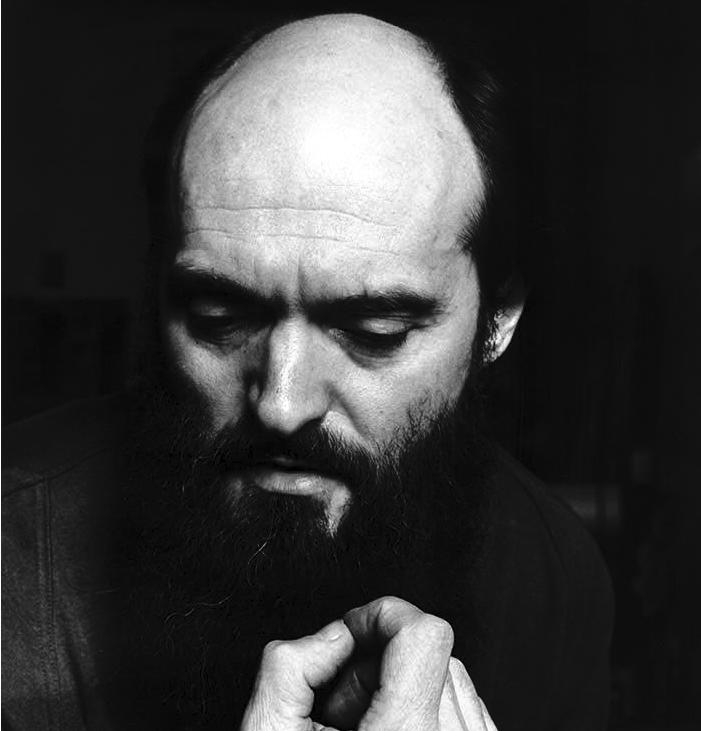
for the listener to find their own inner peace. As Pärt explains it:
Tintinnabulation is an area I sometimes wander into when I am searching for answers—in my life, my music, my work. In my dark hours, I have the certain feeling that everything outside this one thing has no meaning.... Tintinnabulation is like this.
Here I am alone with silence. I have discovered that it is enough when a single note is beautifully played. This one note, or a silent beat, or a moment of silence, comforts me. I work with very few elements— with one voice, with two voices. I build with the most primitive materials—with the triad, with one specific tonality. The three notes of the triad are like bells. And that is why I called it tintinnabulation.
Fratres has three main voices: one voice provides the low drone in A and E; the middle voice is restricted to the notes of an A minor triad (A, C, E); and the two parts (low and high) of the third voice are each restricted to playing notes from the D harmonic minor scale (D, E, F, G, A, Bb, C#). Chords are created by the movement of the three voices. The low voice starts at C# and the high voice starts at E. Both these voices move up or down the D harmonic minor scale at the same time. The middle voice starts at A and plays a dierent pattern using only the notes of the A minor triad. All of this happens over the drone and the resulting chords create ambiguity since both C# and C are present, giving it an A major or A minor sonority.
There is no definitive instrumentation for Fratres; rather than concrete sounds, this is music of ideas and its meditative quality allows for inner reflection.
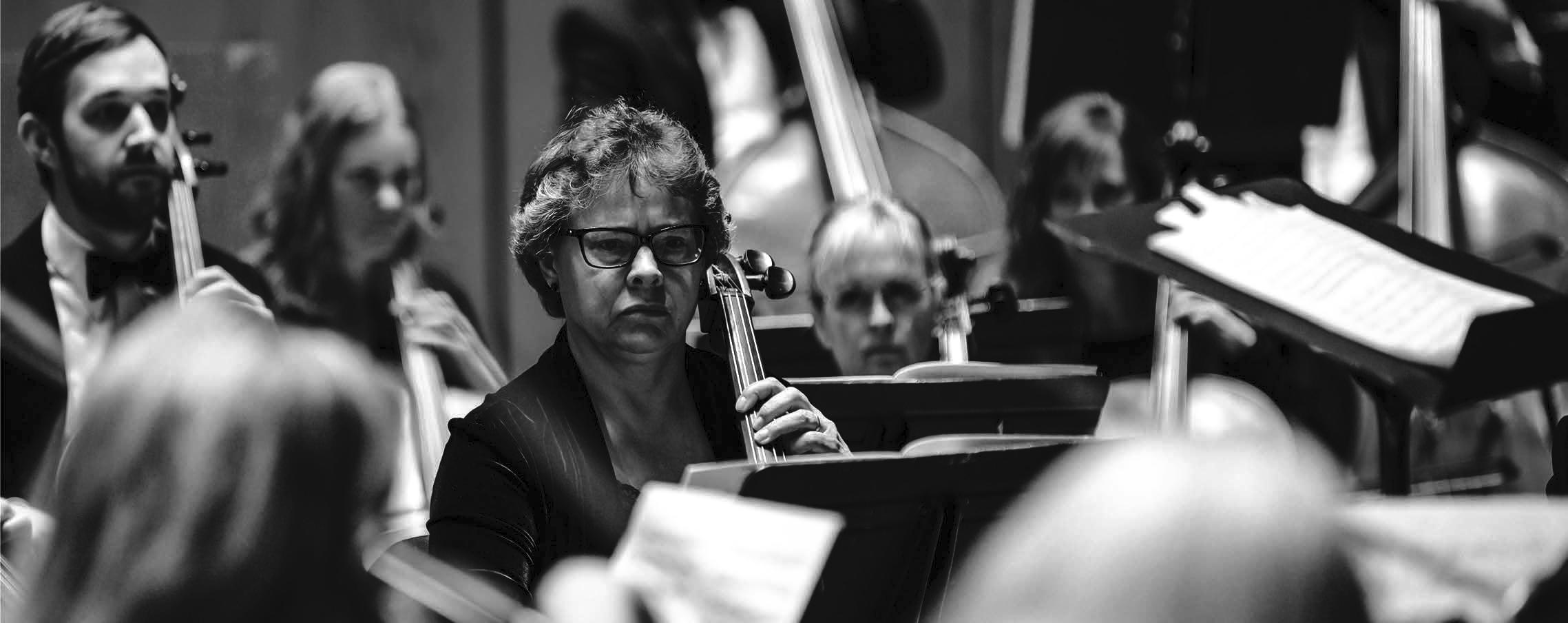
DANSES CONCERTANTES IGOR STRAVINSKY:
Born: June 17, 1882, St. Petersburg, Russia Died: April 6, 1971, New York, NY Work Composed: 1942 World Premiere: February 8, 1942, in Los Angeles, Werner Janssen Orchestra, Stravinsky conducting Performance History: This performance is the DSSO’s first of this work. Instrumentation: Flute, oboe, clarinet, bassoon, two horns, trumpet, trombone, timpani and a string section specified as six violins, four violas, three cellos and two double basses. By 1941 Stravinsky had married his second wife, Vera de Bosset (his first wife of 33 years, Katya, had succumbed to tuberculosis in March 1939) and the newlyweds settled in Hollywood. Having also been infected with tuberculosis, he hoped that the warm California climate would benefit his health. Danses Concertantes was commissioned by Hans-Werner Janssen for his orchestra. Although the work was intended as a concert piece, Stravinsky set it in the form of an abstract ballet and George Balanchine choreographed it for a 1944 production by the Ballet Russe de Monte-Carlo.
Danses Concertantes has an important historical footnote in Stravinsky’s biography; it was his first orchestral work to have been completely composed in the United States. It is interesting to note the stylistic dierences between Danses and Scherzo à la russe, which he composed only a couple of years later. Although the commission for Scherzo came from the jazz band leader, Paul Whiteman, Stravinsky shows how easily he could change his style from the neo-classical Danses to the jazz stylings of 1940s America in Scherzo. In February 1945 there was an extended series of concerts devoted to Stravinsky’s work in France. Danses premiered at the second of those concerts and was met by vocal protests from a group of students from Olivier Messiaen’s class who found Stravinsky’s neoclassicism to be intolerably old-fashioned. To give it some perspective, Messiaen composed his Quatuor pour la fin du temps (Quartet for the End of Time) as a WWII prisoner in 1940 and in 1943 he wrote Visions de l’Amen (Visions of the Amen) for two pianos. Stravinsky and Messiaen were about as far apart stylistically as Mozart and Black Sabbath.
There are five movements to Danses Concertantes: Marche, Pas d’action, Thème varié, Pas de Deux, and Marche - Conclusion. As the titles suggest, the work is definitely dance-like and little wonder that it was soon choreographed. Since then, numerous other choreographers have set dancers to Stravinsky’s cheerful Danses Concertantes.
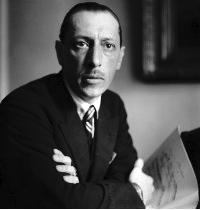
IGOR STRAVINSKY
See the whole picture

Weis Eye Center is the only Practice in the Northland to offer blade-free z-Lasik surgery.
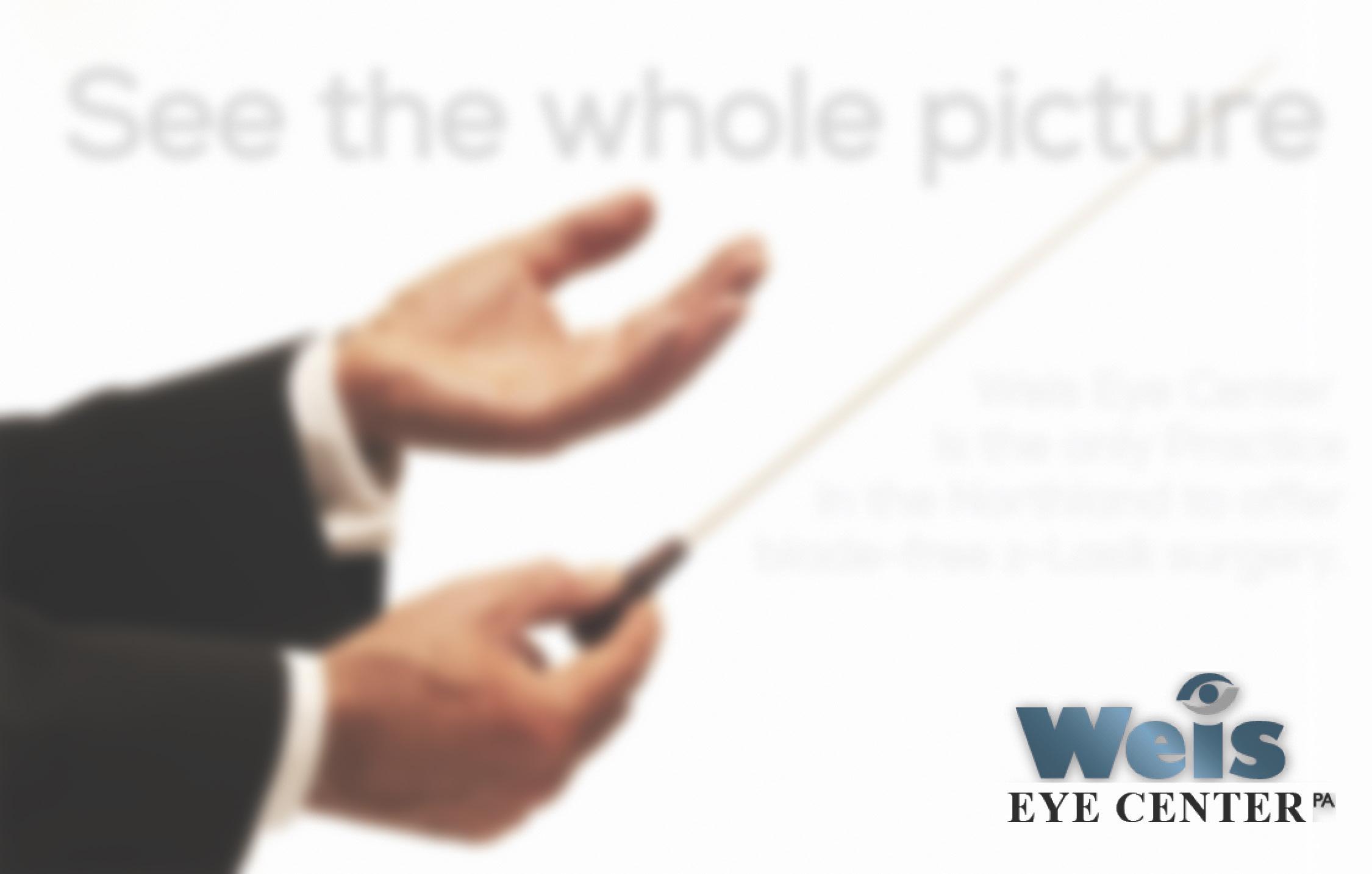



Call (218) 625 1917 www.weiseyecenter.com

